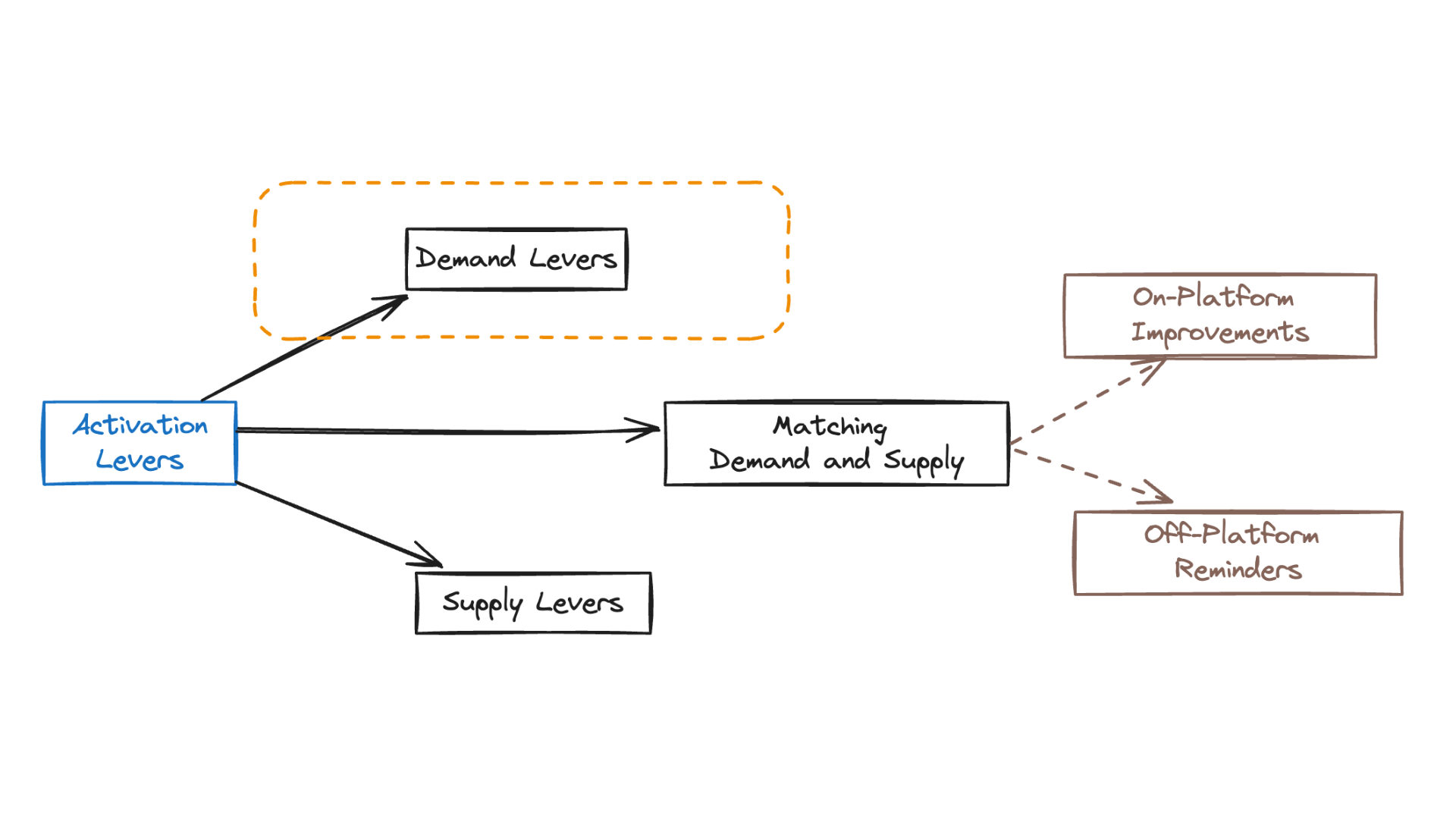How to Improve Activation Rate with Demand Side Levers?
While growth teams often start with other buckets of activation rates improvement levers (e.g. more features, changing the UI, retargeting campaigns), the initial focus should be on the demand side levers. Which is as simple as this: identify and attract the user persona that are more likely to get activated.
 This approach involves analyzing user data and behavior to tailor acquisition strategies effectively. Let's explore them.
This approach involves analyzing user data and behavior to tailor acquisition strategies effectively. Let's explore them.
Campaign Analytics:
Initially, it’s about mapping activation rates across different channels, campaigns, and even ad types. This data-driven analysis helps identify which channels are bringing in users that exhibit higher activation rates.
For e-commerce, it might mean focusing on social media ads that resonate with a particular lifestyle segment. In contrast, for a B2B SaaS platform, it could involve doubling down on LinkedIn campaigns that target specific professional demographics.
Conversely, it's also crucial to identify and eliminate underperforming channels and campaigns. For instance, if an online clothing retailer notices lower activation rates from display ads but higher rates from influencer collaborations, they may shift focus accordingly.
Persona Analytics:
At a more advanced level, going beyond campaign analytics is key to finding valuable insights. Implementing on-platform widgets or conducting off-platform surveys and interviews can unearth deeper insights into specific user personas.
For a fitness app, surveys might reveal that users seeking holistic wellness routines have higher activation rates than other persona. Meanwhile, for an educational app, in-depth user interviews could show that working professionals looking in certain industries are more likely to activate than other profiles.
These techniques enable a more nuanced understanding of user personas, leading to more targeted and effective user acquisition strategies that not only attract users but also ensure they are the right fit for higher activation potential.